Knife safety tips are important to adhere to, whether you are dealing with a kitchen knife, hunting knife, or tactical knife for self-defense. Knives are excellent tools when they are used correctly. When used incorrectly they can cause grave injury, and in some cases, even death. Therefore, all knives are something that should be used with caution, care, responsibility, and by all means, respect.
[the_ad_placement id=”in-text-1-type-r”]A bit of common sense goes a long way in terms of knife safety. The most common tips involve safely choosing a knife, handling the knife, and caring for the knife in question.
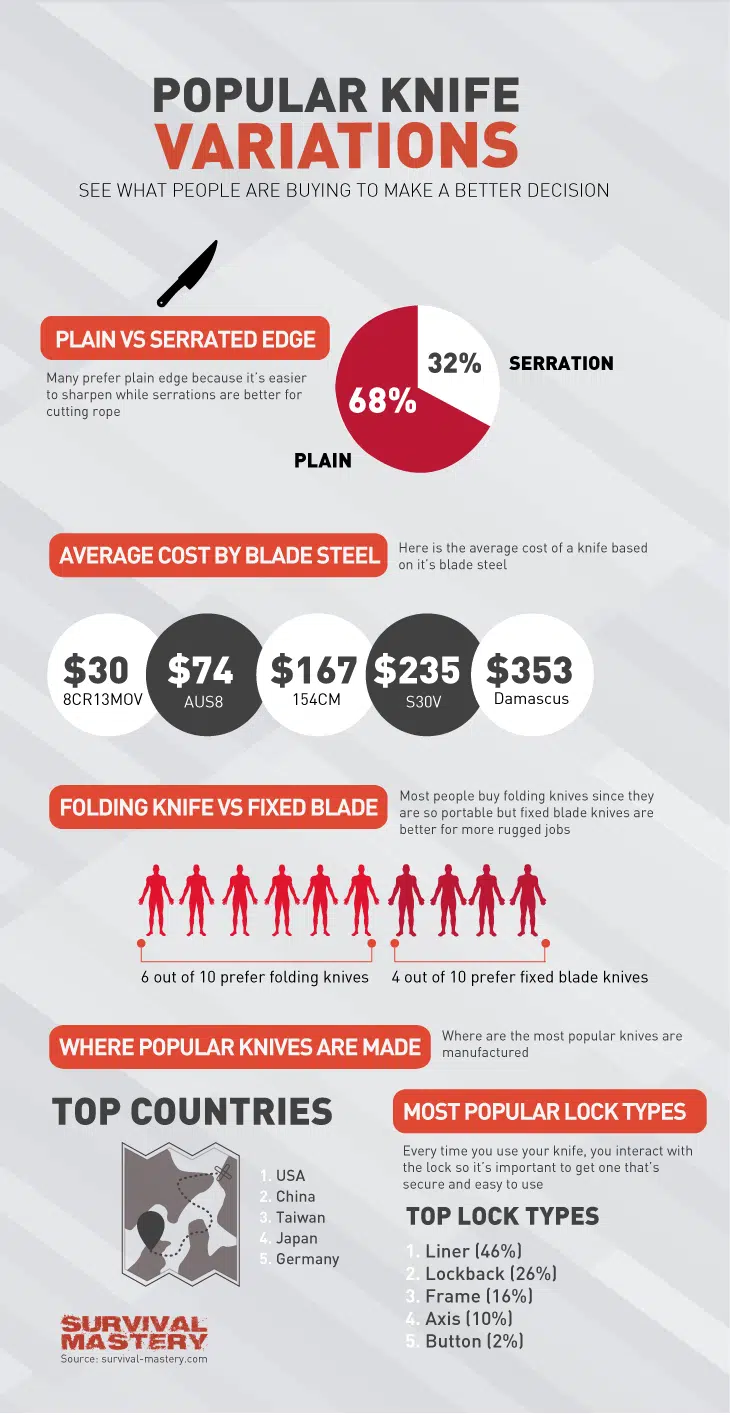
No matter what knife you are using, you should always be alert and pay attention to how the knife is being used and for what purpose.
Different knife blade parts
The first step in knife safety is understanding the different parts of a hunting/tactical knife. In knowing about the different parts of the knife, you will understand, not only how to choose a quality knife that you can use safely, but you will also know how to care for the knife safely as well.
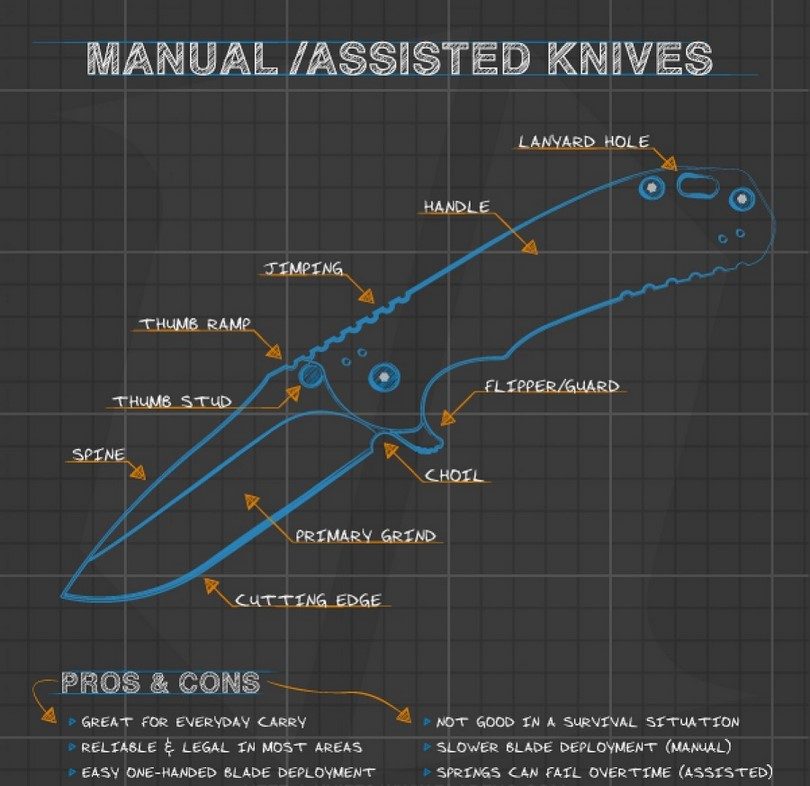
Below are the different parts of a hunting or tactical knife’s blade so you can develop a greater understanding of “knife anatomy.”
| Part | Description |
| Blade – Choil or Bolster | The bolster is the part of the blade located in from of the knife guard. It is the part of the knife you grip when cutting things up close and small. |
| Blade – Grind or Bevel | The area of the blade that tapers toward the knife’s cutting edge. The sharper the knife blade, the more intense the angle of the grind. |
| Blade – Point or Top | Three types of tips are available for hunting knives:a.
Drop point: Has a spine that slopes toward the tip. The blade on this knife is convex. b. Tanto: The spine and blade curve in a similar fashion. c. Clip point: The end third of the blade looks like it has been intentionally clipped off so the blade features an intense curve.
|
| Blade – Spine | The spine is the opposite side of the blade that is not sharp. Some spines are straight and others are curved. |
Different knife handle parts
The handle of a knife has several identifiable parts, just as the blade does. Understanding the various parts of the handle is helpful in knowing what to look for when shopping for a quality knife. Additionally, recognizing the parts of a knife make it easier to understand how a knife should be safely used.
| Knife Part | Description |
| Handle – Bolster (Front) | A bolster is commonly found on sporting knives: It serves as a guard to keep the hand protected from the blade. |
| Handle – Finger Groove | Finger grooves are in the knife handle and there is often more than one. Your fingers fit into the grooves for easy grippage. |
| Handle – Scales | Scales are a grip component that helps in preventing knife slippage when the knife is in use. |
| Handle -Tang | The tang is the portion where the knife blade and handle meet. For the safest knife, you want one with a full-length tang. |
If you are using a knife for cutting purposes, it is best you get one with a simple design. The more ornate a knife is, the more cumbersome it can prove to be when it comes to using it. Often time’s ornate weapons are for mere decorative purposes only. To that end, do not use decorative knives for cutting: They are not crafted with the durability to withstand such use and it can lead to an injury.
Hunting knife quality and safety
As you shop for a knife, you’ll need to give full consideration on how you plan to use the weapon. You’ll want a knife with a durable blade, an ergonomically designed handle, and the materials used to craft the weapon should be of uncompromised quality to ensure the weapon is safe to use.
When you’re using a knife, perhaps to cut up an animal for food, if the handle isn’t made with some kind of guard, it is possible your hand can slip down the handle or tang of the knife and onto the lowermost part of the blade where the blade and tang meet. This can result in nasty, undesirable cuts, injuries, and later infections. You’ll also want a knife that definitely has chip resistant qualities, especially when you are removing the hide of an animal.
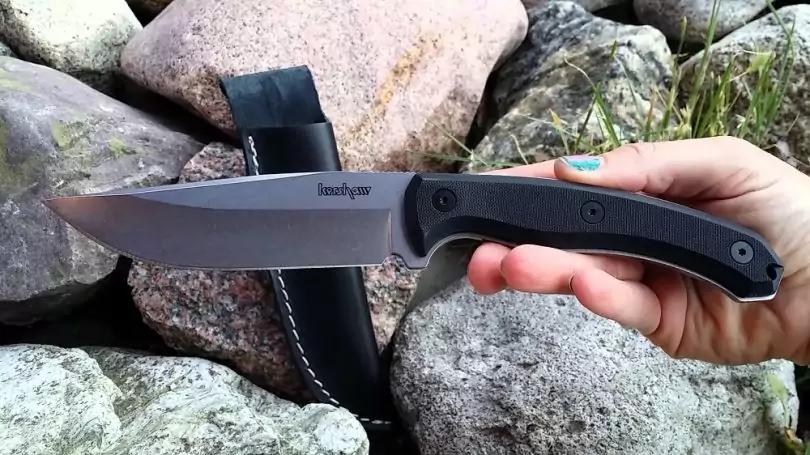
The ergonomics of the design of a knife is important. It needs to be solid when you hold it in your hand and the weapon should feel balanced. It’s a good idea to get a knife that has a handled with a textured surface: This way, if the handle gets wet for whatever reason, you’ll be able to maintain a grip on the handle a bit better. You need a weapon that has blade locks that open smoothly and dependably lock when necessary. Of course, one of the best knife safety tips suggests you carry the knife in a case or sheath when it is not in use.
Additional buying considerations
Experts offering knife safety tips suggest getting a hunting or tactical knife made with excellent craftsmanship and materials. The old adage, “you get what you pay for” really applies in this kind of situation. You’ll want to consider who designed the knife, the grade of the steel used to craft the blade, and the level of quality that the blade locks have. If you find a knife that comes complete with a warranty, that’s indicative of a manufacturer that has confidence in the quality of the knife product being sold. See our article on the best survival knife to give you more options on this.
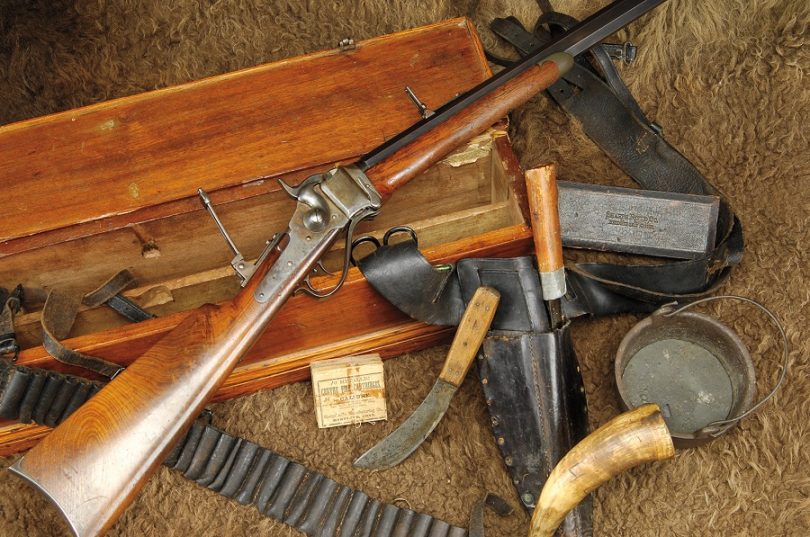
When you are buying a weapon, quality indeed matters a great deal. Whether you seek a good knife for hunting, self-defense, or the home, a poor quality knife will only prove a danger. It’s important that you realize the distinction between collector knives and knives for using on tasks: Collector knives are those that one uses for display purposes only, and should therefore not be used for cutting anything. Such knives are simply not designed to withstand the stress and pressure one applies when cutting things.
[the_ad_placement id=”in-text-2-type-r”]Blade length is another consideration and it really is something based on need and comfort. Many people who carry knives prefer the folding variety featuring a blade around four inches long. In contrast, a hunter might actually want a knife that doesn’t fold that can be carried around easily enough on a belt loop. Your use and portage preferences will define the right knife for you.
Common knife safety tips
The most essential tip you will ever receive is to treat your knife seriously and with care. Your knife is a weapon, one that can prove quite dangerous, and it should never be treated like a toy. Don’t ever point the weapon at another person, not even in jest.
If you are handing the weapon to another individual, do so by offering him or her the handle, not the blade. To that end, you should never leave the knife out where children or animals can encounter it. When not in use, store the weapon in a safe place, preferably in a case or sheath.
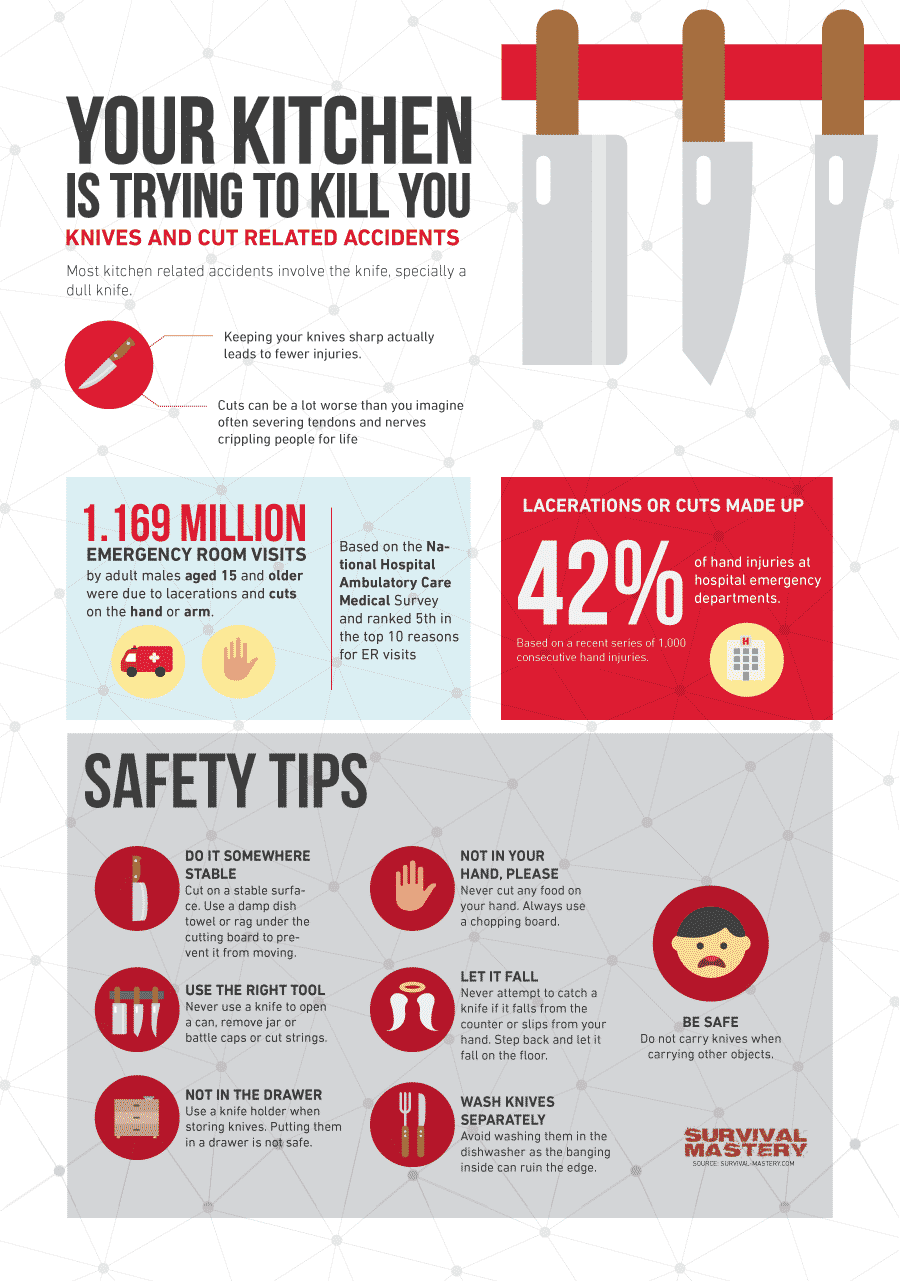
When making use of a knife for cutting things, you should always cut in a direction that is away from the body. Never cut inward or away and upward, as the blade can quickly spring back and cut you. Instead, the blade should point away from you and you should cut in a direction that is straight and away from the body.
When cutting, make sure you have a seriously tight grip on the weapon. If your hands are wet, if possible, dry them off first before taking up the weapon. Dry hands will ensure a better grip.
Always use a knife only standing still. You don’t want to be in motion while you are trying to cut something. On the same note, walk with a knife when transporting it. You should not run as you run the risk of tripping and falling onto the weapon by accident.
Additional knife handling tips
A knife is not something to play with and this is something that deserves repeating. While it may look like fun to throw knives when you see it on television, it’s really not something that is safe or recommended. Don’t toss knives whether you’re alone or when you are with another. You risk injuring yourself and others.
If you have a knife in your hand, and it happens to fall, let it go. Never attempt to catch the weapon before it lands. You run the risk of catching the sharp end of the blade and cutting yourself when you do. Similarly, if you have a knife that locks but for some reason it is jammed, it refuses to open, or you don’t know how to unlock the blade, leave it be. A faulty lock or a mishap when attempting to open the blade incorrectly can result in serious injury.
Likewise, once the blade is opened, make sure the knife locks into position before you make an attempt to cut anything: If the knife folds in your hands while you are in the middle of using it, you can actually end up losing your fingers!
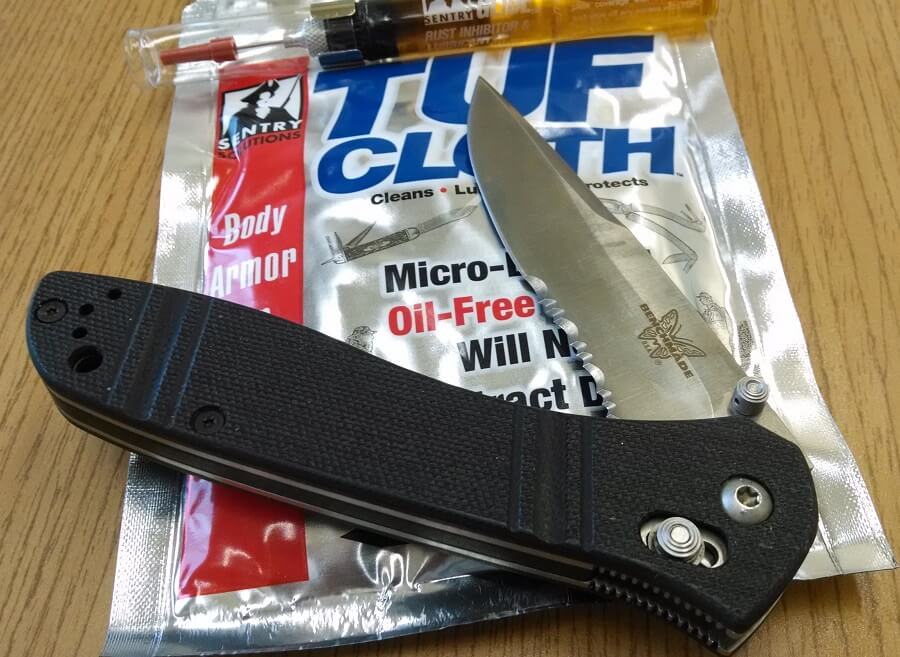
When using any knife make sure you are using the appropriate knife for the situation at hand. In other words, don’t use a large hunting knife to cut a steak in the kitchen (it’s not only excessive, but dangerous). Always use the appropriate knife for the task you are undertaking to reduce the potential for injury.
More knife dos and don’ts
Knives are created for specific purposes, that of cutting. That means they are not tools one should use for prying or craving. When you use a knife to pry at something you run the risk of injury two ways: The tip can slip out of what you are prying at and cut you or the tip can break off and you can get injured that way as well. In terms of prying, definitely do not ever stick a knife into a plugged in appliance. To do so runs the risk of electric shock.
When using any knife do so in an area where the lighting is sufficient. You should be able to see clearly what you are cutting and how you are cutting it. If the lighting is insufficient increase the lighting immediately or wait until the light is sufficient before you cut anything.
Don’t use a knife with a rusty blade. A knife blade is far safer when it is in good condition and it’s sharp. If you do get cut, don’t delay in seeking medical attention. Make sure your tetanus shot is up to date as well, and if you need a booster, get one. Don’t delay medical attention if a wound is significant or if you believe there’s a possibility you’ll develop an infection from a knife cut. If the wound cannot be treated with conservative measures like that derived from basic first aid care, head to a facility offering emergency medical services at once.
Safe caring for your knife
While one of the most common knife safety tips is that of storing your knife with care, in a case or sheath, there are additional measures you’ll need to take when caring for your knife to ensure the knife remains in good condition and safe to use.
First, if you’ve bought a knife that has a warranty read the warranty to see what methods of sharpening the knife are recommended. Usually, the warranty recommends the use of a sharpening stone, not a power grinder, the sharpen the edge of the blade, and a stone is by far the safest method for doing so. If the warranty suggests a stone for sharpening and you use alternative means, you may void the warranty and run the risk of injury at the same time.
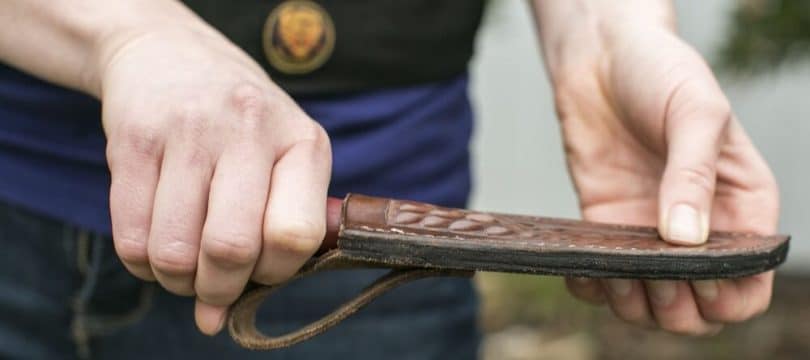
Always make sure you clean the weapon thoroughly once you are done using it. It will ensure the longevity of the blade and the overall condition of the knife over the course of long-term use. If the knife has locking features, make sure you clean them well to prevent rusting and/or seizure of the mechanisms.
A knife should be regularly oiled (if it is a folding knife) to ensure ease of operation. The blade must remain sharp, as a sharp blade is safer than a blade that is dulled. Sharper blades make for ease of cutting which means you won’t struggle with the knife when using it. Sharper blades also make cleaner cuts. See our piece on the best pocket knife sharpener that you can take anywhere for more options.
More knife usage advice
Before you make use of any knife, always look it over. Look for cracks, dull parts, or broken pieces. Make sure the blade fits tightly into the handle and that it doesn’t wiggle around. Always check to see the knife is sharpened. If you do get an injury and it is from a dull knife you actually end up with a greater amount of tissue damage than if the knife was sharp when it cuts you.
When you have the knife in use, make sure you are not aiming the blade near any arteries or veins. Take great care not to cut yourself – this is incredibly important when you are hunting or out in the field and not near a location where you can get immediate wound care in the event of an accident.
Also, always works with a knife in a clear workspace. This means you need to be ever aware of what is going on around you as well as in front of you. You never know when a child might enter the room and suddenly be too close to where you are working. To protect yourself and others, remain alert.
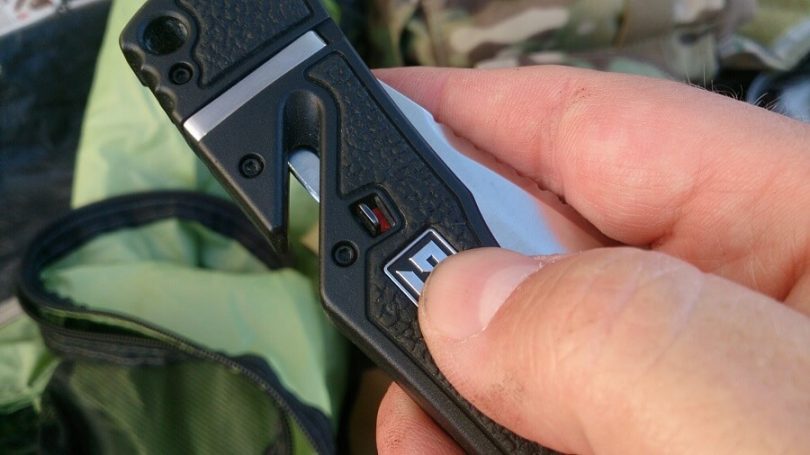
If you lack the experiencing in doing so, do not use the choil on a knife. The choil is a place on the knife you can put your index finger to have greater precision when you are making finer, closer cuts. It is better that you have experience handling a knife correctly before making use of it.
In conclusion
A knife is an invaluable tool, whether in the home or out in the wilderness, but it is a tool that can become a danger to its user and others if the knife is used incorrectly. Learning about the parts of the knife, how the parts interrelate to one another, and how to use the knife correctly are all-important factors in mastering how to use a knife safely.
[the_ad_placement id=”in-text-3-type-r”]By following common sense knife safety tips you can ensure that you remain safe and those around you remain uninjured whenever you make use of a knife, whether that knife is something as simple as a steak knife or as sharp as a tactical weapon. Basic knife safety tips, when followed, demonstrates one’s level of responsible behavior and ensure one gains the advantages of knife use without injury.
Do you want to make your own weapon? Check our article on how to easily make a knife for survival needs.


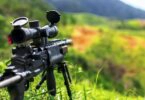
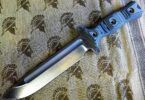
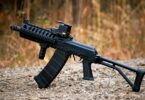
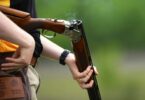
NEVER try to catch a knife when it is falling! I did that once, and I managed not to get cut because the blade was dull, but if it were sharp I would certianly have a scar to remember it. I bet that a lot of you have been in a similar situation.
This article should be a must-read not just for survivalist and outdoor enthusiasts but everybody else as well. Handling knives, even dull ones, is not something to be careless about. I have had my fair share of kitchen accidents and I find that having a wood block for my knives is best as compared to magnetic strips that I have seen in “modern” kitchens.
Great article. Watched a SGT. and a prior service Marine, now Army face off with each other with K-Bars and in a blink of an eye, there was a huge puddle of blood in the Orderly Room and a screaming SGT. holding on to his fingers. Knife safety is EVERYTHING. DON’T MESS AROUND LIKE THAT!
Knives scare me more than pistols and rifles. They are so easily obtainable and people really do not know how to use them safely. Thank you for this article, I do believe many people need a lesson on how to properly use a knife.
Thank you Billy for sharing your opinion with us.